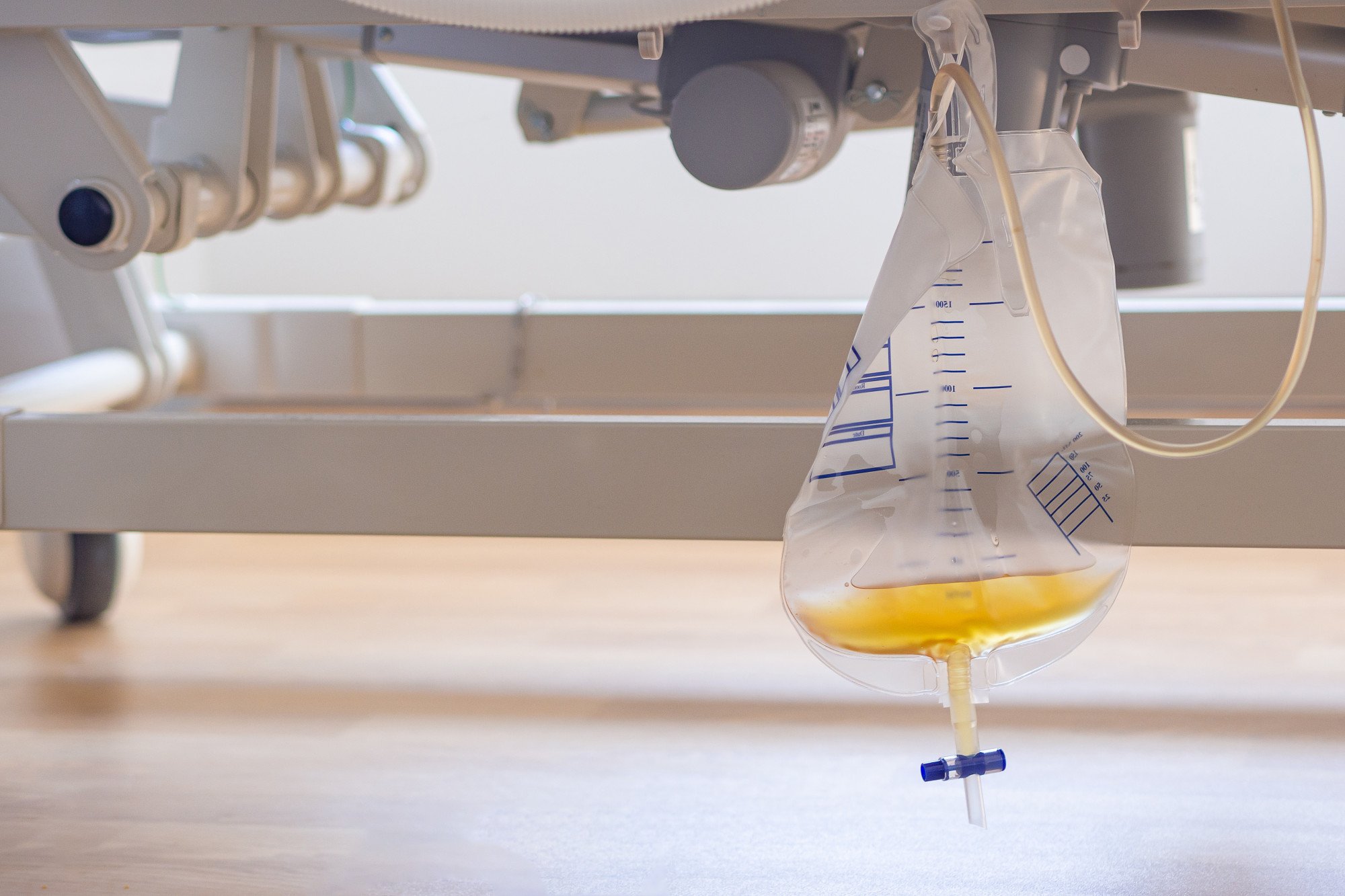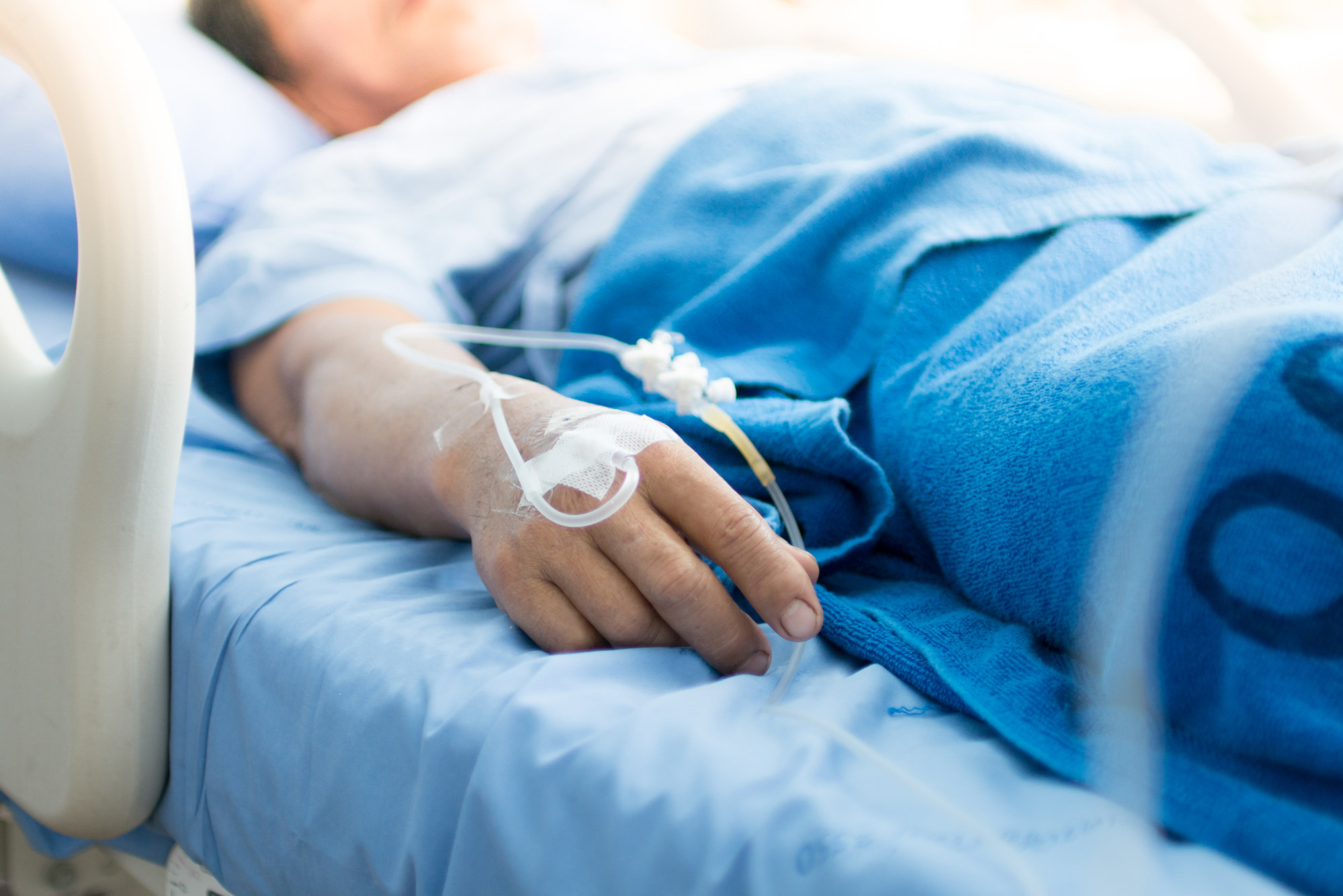
‘Something was very wrong’: a type 1 diabetic’s emergency story of when his blood turned dangerously acidic
- Diabetic ketoacidosis, a potentially life-threatening condition, sees the body start breaking down fats, producing ketones, which makes the blood dangerously acidic
- The Post’s Simon O’Reilly tells the story of when this happened to him – the rush to hospital, constant vomiting, and the decisions that perhaps saved his life
Diabetic ketoacidosis (DKA) happens when insulin signalling is disrupted and glucose doesn’t enter the cells. The body goes into starvation mode and starts breaking down fats, producing ketones, making the blood dangerously acidic.
DKA can affect undiagnosed diabetics. It can also be caused by illness, injury, post-op reaction or missing a few insulin doses in a row. It is potentially life-threatening, but the survival rate has improved drastically over the years.
Waiting for the work shuttle bus one morning and drinking a cappuccino, I started to feel sick. As the bus arrived, I felt a heavy wave of nausea. Thinking I couldn’t ignore it for a 45-minute highway drive, I didn’t get on the bus.
Less than a minute later, I was vomiting violently into a gutter. I sat on a bench feeling terrible. I headed home, where I lay down, hoping to sleep it off. I woke up an hour later and felt even worse: nauseous, weak, shaking, headache. Being a type 1 diabetic, I knew things could escalate quickly and I had to get treatment.

The place where I lived at the time had few buses. I spotted a taxi coming into the village and hailed it. A young French couple with a small child were closer to the cab and caught it before me. I jumped into the front seat, saying “I need to get to hospital ASAP, I think I am having a heart attack.”
I must have looked it with my sweaty, grey face. They graciously said OK.
At the hospital the A&E was packed. I checked in and was told to wait for my number. I told them I was diabetic and asked for a blood-sugar test and a sick bag.
I was getting delirious: I thought I heard a doctor talking about giving me dextrose, which would be a very dangerous idea in my condition
No, I was told, with a dismissive hand gesture. I threw up green bile on the floor. Seeing a doctor pass by, I asked if I could get a blood-sugar test, because I was diabetic and something was very wrong.
He led me past the nurse who had dismissed me, and within minutes I was on a stretcher, hooked up to a heart monitor and saline drip, and vomiting into a plastic bag the size of a pillowcase, while they took my blood.
My heartbeat was erratic, looking like someone tried to draw a straight line while riding a roller coaster. I couldn’t even see the heartbeats. I asked the nurse: is it good or bad? Bad, she replied. My saviour returned to check on me, and I asked for an anti-emetic shot, because the nausea and vomiting were overwhelming.

The diagnosis of diabetic ketoacidosis was easy: extremely high blood sugar levels, high ketones and severe dehydration. Next stop, intensive care.
I was given an insulin shot and an IV insulin drip. I had a “nil by mouth” sign above my bed – no eating or drinking. I thought the worst must be over; at least I was in hospital now.
Then a nurse holding a canvas roll came up. She unrolled it and I saw a catheter kit: a rubber tube and a thin metal pipe. “I don’t think I need that,” I said, nervously eyeing the stainless steel part. “You must have it,” she said, and in it went. I felt a sharp pain, then a sensation like someone tickling the inside of my bladder with a long feather.
I asked for the doctor, who told me it was in case I fell unconscious; they needed to measure fluids going in and out. I said, “While I’m conscious, I will pee in a measuring bottle. If I pass out, catheterise me, but for now, TAKE IT OUT!”

Out it came and the tickling stopped. My first pee after that was bloody; they had nicked my urethra while inserting the metal pipe.
The vomiting continued despite the anti-emetic, and I was still dehydrating despite the bags of saline on the drip. The first night passed with no sleep, intermittent vomiting and undergoing various tests.
I was also becoming delirious: I thought I heard a doctor talking about giving me dextrose, which would be a very dangerous idea in my condition. “I want to go home, you are trying to make it worse,” I said. After some arguing, he obviously grew tired of me. “Fine, you go home,” he said. If I had gone home at that point, I would have died.

I was frankly terrified at the thought. I was severely nauseous and doing everything I could to not throw up, and they wanted to stick a pipe down my throat? I sat in a wheelchair outside the treatment room for 30 minutes in hospital pyjamas, feeling very sorry for myself.
They wheeled me in and I said, “If you plan on putting that thing down my throat, I will vomit everywhere. You will need more staff to hold me down.”
The technician/doctor looked up and said, “No problem, we’ll sedate you.” All that panicking for nothing! I was too happy to wonder why they didn’t tell me that before. I felt a cold trickle going into my hand, and the next thing I knew, I was getting into bed back up in the ward.
‘In 30 years, I had never messed up like this’: diabetic’s scary insulin OD
The acid from the bile had burned a small hole in my oesophagus, and blood was dripping into my stomach. I was still nil by mouth, including water, and I was so parched, my tongue kept sticking to the roof of my mouth. I could rinse my mouth with water, which I had to spit out. My urine was dark brown and syrupy.
On my second night, I said I hadn’t slept at all the previous night and could they give me something? They conferred, and gave me a little bitter pill that sent me away for nine hours. When I woke up, I still felt pretty rough, but 100 times better than before.
The next two or three days were spent lying in bed watching Chinese historical dramas on the ward TV, while I rehydrated and the ketones were slowly flushed from my system. I was off the heart machine and I could get out of bed and walk around. The drip was removed, and I could take a shower and feel human again.

Next, I was allowed to swallow water (the best-tasting water ever), and a bit later I was allowed to eat. I hadn’t eaten for days, but the hospital food killed my appetite.
My family brought in some Pizza Express sausage farfalle. I remember what I ate because it was the finest food I have ever eaten (and with my training as a chef, I have eaten the finest food). I’ve tried the pasta dish since, and it’s OK.
The final treatment was to restore my potassium levels. I had to drink a plastic cup full of some foul orange liquid that tasted as I imagine car battery acid would. After I forced that down, I was allowed back into the world.

